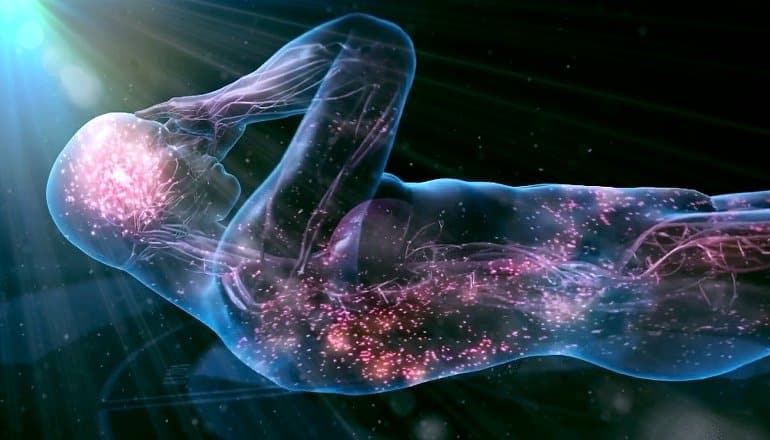The human brain, with its complicated networks of neurons and synapses, is the most confusing organ in the body, states Dr Curtis Cripe. Despite its exceptional abilities, the brain is also subject to damage, disease, and age-related complications. In modern times, the advancing field of neuroengineering has been at the front-line of attempts to repair and strengthen the brain. It has been providing new possibilities for individuals with neurological complications and looking to utilize the full capabilities of the human mind. This article explores and explains the world of brain reconstruction and development with the help of neuro-engineering.
Understanding Brain Repair
Brain repair is associated with the repairing of lost or decreased neurological activity following damage or disease. Neurological diseases such as stroke, traumatic brain injury, Parkinson’s disease, and Alzheimer’s disease can result in tremendous damage to the brain. This could lead to motor deficiency, cognitive impairment, and other depleting symptoms. Neuroengineers are evolving advanced strategies. They are primarily to promote neuroregeneration, repair neural connectivity, and enhance practical results for individuals with neurological disabilities.
Neuroprosthetics and Brain-Computer Interfaces
Neuroprosthetics and Brain-Computer Interfaces are innovative technologies according to Dr Curtis Cripe. They focus on replacing lost sensory or motor functions by linking the brain and external devices. Neuroengineers develop implantable tools that connect directly with the brain. It enables patients with paralysis or limb loss to control prosthetic limbs, wheelchairs, or computer systems using their thinking alone. These innovative technologies can elevate the quality of life of individuals with critical conditions and allow them to achieve independence and flexibility.
Natural Implants and Deep Brain Stimulation
Neural implants and deep brain stimulation (DBS) are therapeutic advancements that involve the placing of electrodes within particular regions of the brain. This is done to regulate neural activity and reduce symptoms of neurological conditions. DBS has appeared as a promising treatment for Parkinson’s disease, essential tremor, and other movement disorders. This provides symptomatic assistance and boosts motor function in affected individuals. Neuroengineers are constantly improving the design and performance of neural implants to improve therapeutic results and minimize side effects.
Neurogenesis and Stem Cell Therapy
Neurogenesis is the process by which new neurons are developed in the brain says Dr Curtis Cripe. This development is responsible for assisting brain repair and reconstruction in individuals with neurological disabilities. Stem cell therapy, which involves the transferring of stem cells into the brain to change injured or degenerated cells indicates a modern technique for replacing a neural function and improving recovery after damage or disease. Neuroengineers are searching for different methods to utilize the constructive ability of stem cells and develop neurogenesis in the adult brain, to introduce constructive treatments for different types of neurological diseases.
Brain Enhancement and Cognitive Enhancement
In addition to treating damaged brains, neuroengineering also searches to develop reasoning functions. It also discovers the full capability of the human mind. Non-surgical procedures for regulating brain activity and boosting cognitive performance are offered by brain development innovations such as
- Transcranial magnetic stimulation
- Trranscranial direct current stimulation
- Neuro feedback training
These techniques have been examined for their capability to develop memory, attention, learning, and decision-making power, with association for both clinical and non-clinical utilization.
Ethical Considerations and Future Directions
As the boundaries of brain repair and development are discovered, it is important to consider the social influences of these innovations as well. They need to guarantee that they are used responsibly and legally. Questions involving privacy, autonomy, and justice must be answered. This is so that neuroengineering is equally divided and available to all members of society. Looking forward, the future of brain repair and development holds great promise for improving the lives of individuals with neurological disabilities.







